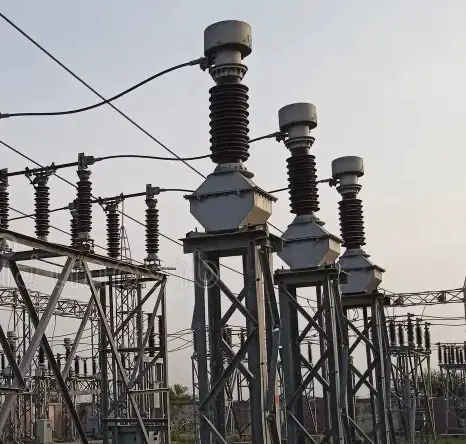What is a Bus PT (Potential transformer) in electrical systems?
A Bus Potential Transformer (PT), also known as a Bus Voltage Transformer (VT), is a potential transformer connected to an electrical BUS. It is a critical component in electrical systems, it’s primarily used for measurement and protection purposes.

A potential Transformer is a type of instrument transformer designed to step down the voltage in a power system to a suitable level for measuring. It is basically a transformer which works by the principle of electromagnetic induction. The primary winding of the PT is connected to the main power circuit, and the secondary winding is connected to the measuring instruments or protective relays. By doing so, it isolates the measuring instruments and relays from the high voltage power circuit.
Bus PT converts high voltage levels into standardized, low and safe values, which are directly proportional to the voltage in the power system. It typically brings down voltages from thousands of volts (kV) to standard levels like 120V or 240V, making them suitable for various instruments like voltmeters, watt meters, and protective relays. They are designed to maintain a precise ratio between the primary and secondary voltages, ensuring accurate readings for metering and protection purposes.
Applications
- Metering: Bust PTs vital for monitoring voltage levels, power consumption in electrical systems. They provide voltage inputs to Watt (W), Volt-Amperes (VA), Volt-Amperes Reactive power (VAR), watt-hour meters, enabling utilities to measure different power and energy consumption.
- Protection: They play a key role in protective relaying schemes, providing isolated voltage signals to relays that trip circuit breakers in case of faults or overloads, which safeguard the power system from faults.
- Control: They can be used for various control applications, such as regulating voltage levels in power grids or controlling reactive power flow.
Bus PTs find wide applications in power systems. They are used in substations for metering and protective relaying.
What will happen if i removed line pt while line is connected?